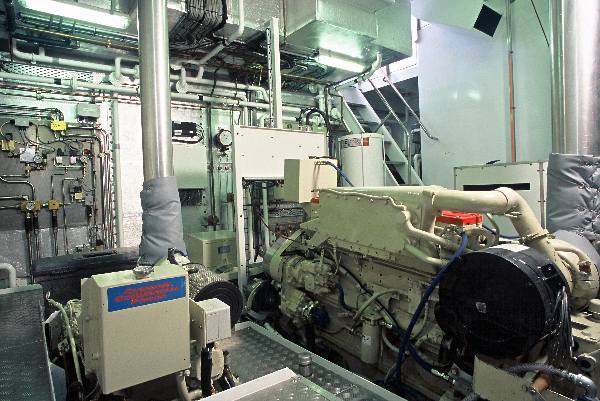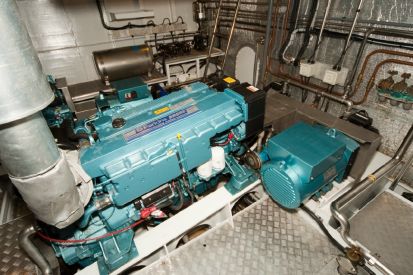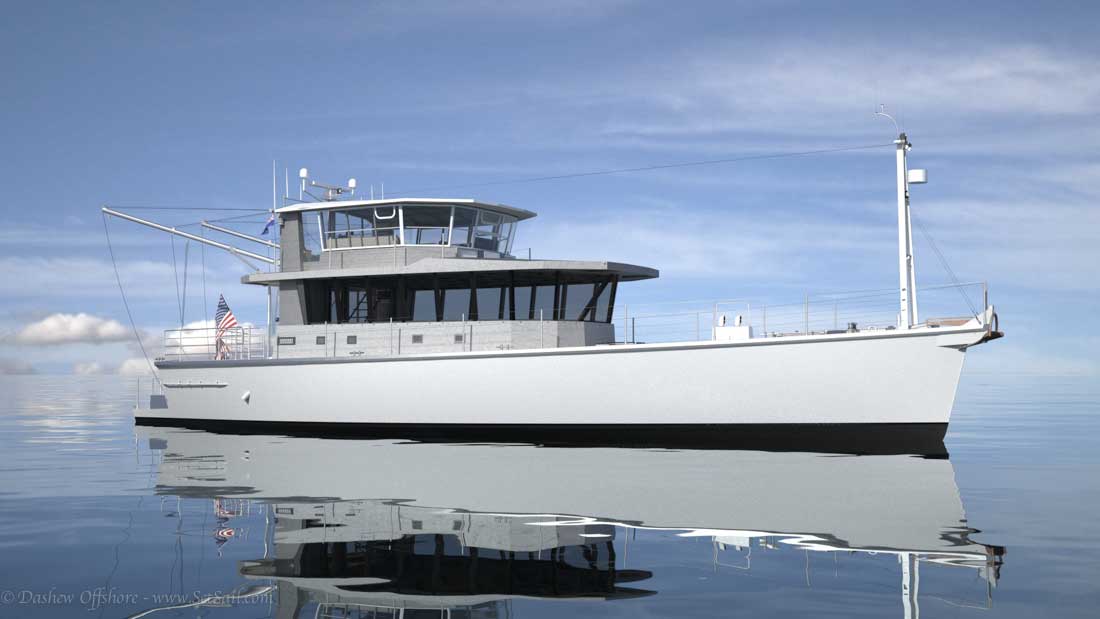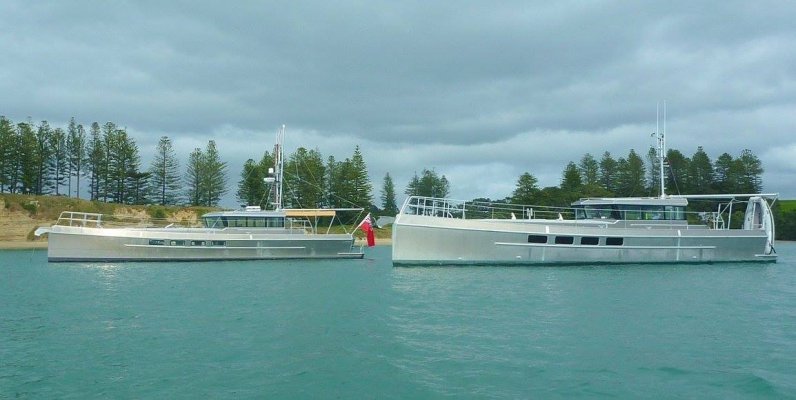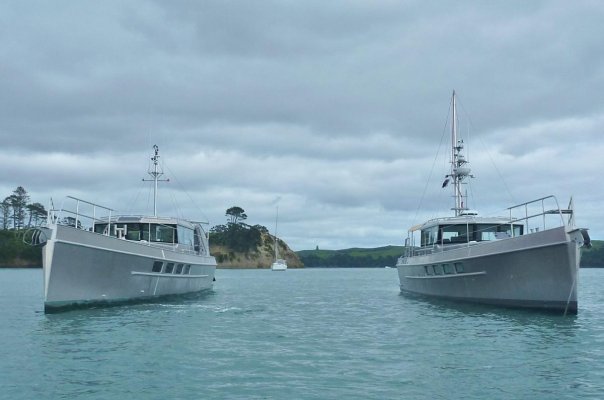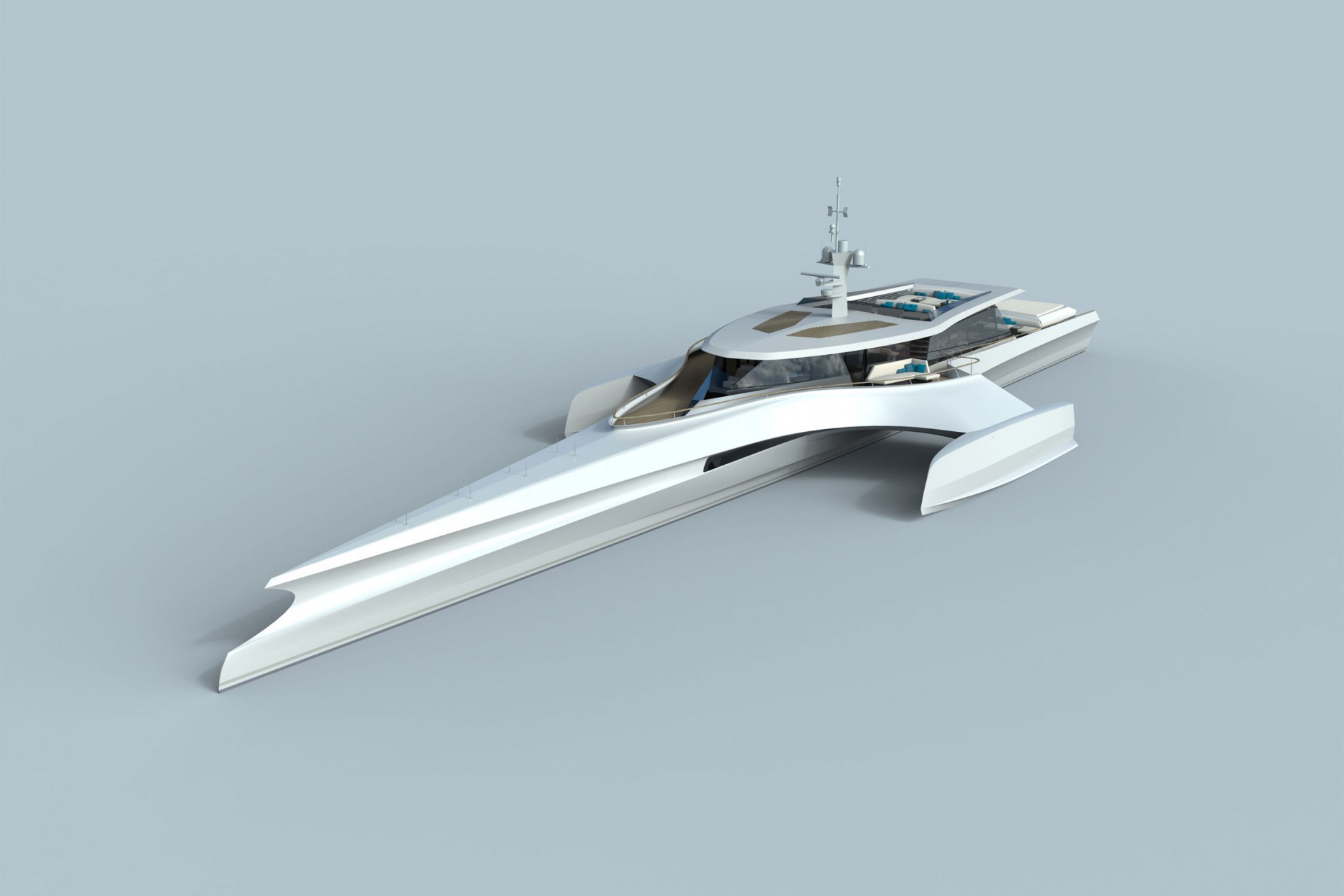Nomad Willy
Guru
Murray I'm sorry,
So many words to read I flashed over the quote marks. Take it as a compliment. I'd be flattered if someone thought something I wrote was actually said by a NA .. especially TAD.
But to TAD's credit most existing twin engined trawlers are very much less efficient than single engined trawlers. But a twin engined boat of the same displacement and powered w the same amount of power (as in hp) w all other elements of design being about the same little if any difference will be found. That's my opinion but TAD's opinion carries MUCH more weight than mine. But real comparable boats are almost impossible to find.
So many words to read I flashed over the quote marks. Take it as a compliment. I'd be flattered if someone thought something I wrote was actually said by a NA .. especially TAD.
But to TAD's credit most existing twin engined trawlers are very much less efficient than single engined trawlers. But a twin engined boat of the same displacement and powered w the same amount of power (as in hp) w all other elements of design being about the same little if any difference will be found. That's my opinion but TAD's opinion carries MUCH more weight than mine. But real comparable boats are almost impossible to find.
Last edited:

